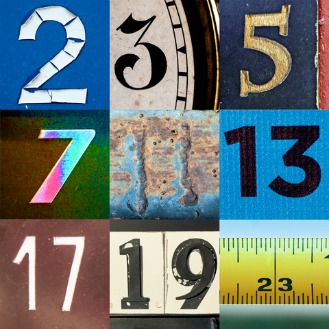What to do with this activity?
Prime numbers are whole numbers that can only be divided exactly by themselves and 1. For example, numbers 2, 3, 5, 7, 113, 127, 131, 137, 139 are all prime numbers.
Mathematicians have been fascinated by prime numbers for thousands of years. There are an infinite number of prime numbers, so new prime numbers are still being discovered. If your child is interested, show them this New Scientist article about a newly discovered prime number that is very long indeed!
See if your child can discover some numbers that can only be divided by the number itself and 1. Point out that no "even" numbers can be prime numbers because they can all be divided by 2. Also, no number that ends in 5 or 0 can be a prime number because they can be divided by 5.
If you would like to find out more about prime numbers click here for some information from Fact Monster. Click here for some surprising and fun stuff about prime numbers from Ducksters.
-
Why am I doing this?
Maths makes sense to children when they use it in everyday life - like measuring things, working out distances, estimating food for dinner or money for groceries. The more opportunities you give your child to use the maths they learn at school through everyday activities the more they will understand and enjoy working with numbers.
-
How can I do more?
Discuss maths that you see around you. For example, talk about sales in shops – half price, 25% off, what is good value? Or how much will the item cost after the discount?
Rate this activity
![]()
![]()
![]()
![]()
![]()
Based on 30 reviews
How would you rate it?
1 = Poor, 5 = Great.



